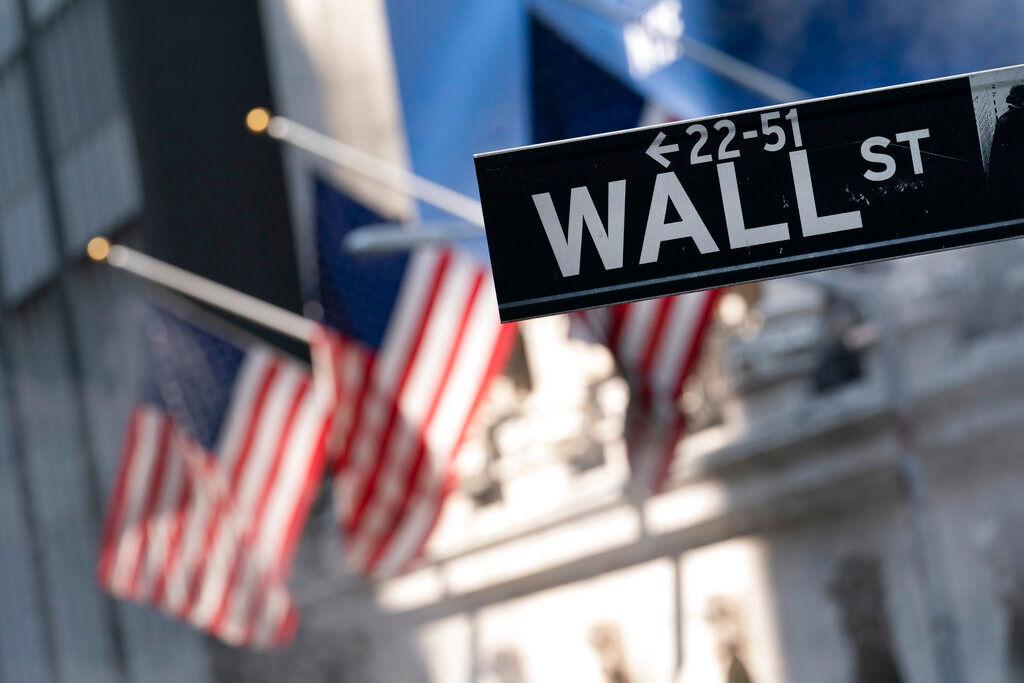Stocks hovered between small gains and losses in morning
trading on Wall Street Thursday, which led benchmark indexes in negative
territory for the week.
The S&P 500 fell 16.90 or 0.43% at 3,929.11 as of 10.35
am Eastern time. The benchmark index is down 3.1% for the week following the
biggest decline for the market in more than two years on Tuesday.
Also Read | SCO 2022: Why Vladimir Putin and Xi Jinping coming closer may forge a new world order
The Dow Jones Industrial Average fell 12.94 points or
0.042% to 31,122. The Nasdaq Composite fell 72.77 points or 0.62% to 11,646.90.
Technology stocks were among the biggest losers in the
broader market. Adobe plunged 12.3% after it announced a $20 billion
acquisition of a design company and issued a disappointing revenue outlook.
Also Read | Joe Biden’s approval ratings rise sharply ahead of midterm elections: Poll
US crude oil prices fell 2.9% and pulled the energy stocks
down. Hess shed 2.4%.
Rail stocks were mostly higher after a tentative labor
agreement was reached, preventing a strike across the country that could have
been devastating to the economy. Union Pacific gained 2.6%.
Bond yields rose. The yield on the 10-year Treasury, which
helps determine mortgages and interest rates for other loans, increased to
3.44% from 3.405 late Wednesday. The yield on the two-year Treasury rose to
3.83% from 3.79%.
Also Read | Yvon Chouinard’s net worth: How rich is Patagonia’s owner?
Investors are reviewing the latest report on retail sales,
which gave a mixed outlook of how consumers are coping with the highest
inflation in four decades. According to the government report, retail sales
rose an unexpected 0.3% in August after falling 0.4% in July. Inflation affects
spending in several areas, however, with business at restaurants still growing,
but at a slower pace, while furniture and online sales fell.
Also Read | What is ‘Afghan fund’ US established to help the people of Afghanistan
As inflation continues to squeeze businesses and consumers,
consumer spending has been a strong point in the broader economy, along with
employment. High prices and the Federal Reserve’s aggressive policy to hike
interest rates as a solution remains Wall Street’s main concern.
On Tuesday, a hotter-than-expected August report on
consumer prices shocked the market and shattered hopes that the Fed might
consider easing its rate hikes. It was followed on Wednesday by a report that
wholesale prices are still rising.
Also Read | Ethereum Merge is finally complete, why it is important
Investors are concerned that Fed might raise rates too high
or too quickly on an already slowing economy, potentially causing a recession.
The central bank has already raised its benchmark interest rate four times this
year, with the last two increases by 0.75 percentage points. Traders now see a
1-in-5 chance the Fed may hike its benchmark rate by a full percentage point
next week, four times the usual move, according to the CME Group.







